Pradhan Mantri Fasal Bima Yojana is a crop insurance scheme for farmers in India launched by the Government of India in 2016. PMFBY is an abbreviation for Pradhan Mantri Fasal Bima Yojana. The Scheme intends to offer farmers insurance coverage and financial assistance in the event of crop loss or damage caused by natural disasters, pests, and illnesses.
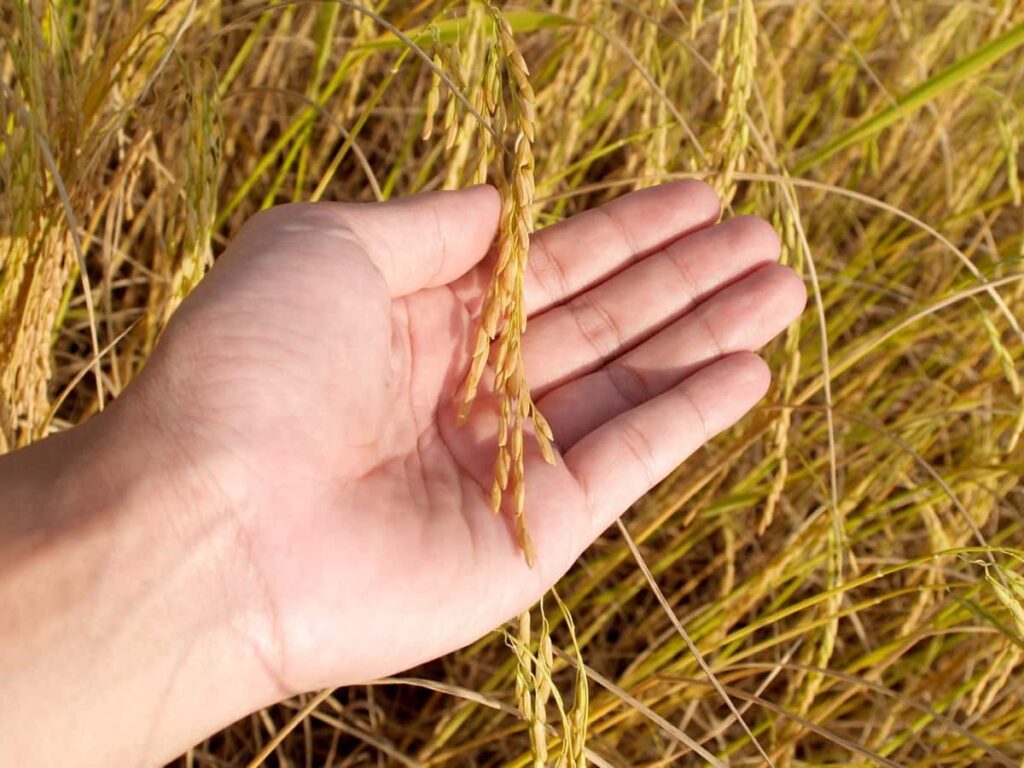
The Scheme is run by a network of insurance companies and covers pre and post-harvest hazards. Farmers pay a minimal price for insurance coverage under the plan. In the event of crop loss, they are compensated financially to assist them in recovering their losses. The Scheme is entirely voluntary and open to all farmers in the country, regardless of crop size or crop type.
Pradhan Mantri Fasal Bima Yojana Scheme
The new crop insurance scheme follows the principle of “one nation – one scheme.” It integrates the best characteristics of all prior schemes while eliminating all previous weaknesses/limitations. The PMFBY was formed after the dissolution of the previous insurance programs. Including the Modified National Agricultural Insurance Scheme (MNAIS), the Weather-based Crop Insurance Scheme, and the National Agriculture Insurance Scheme (NAIS).
Pradhan Mantri Fasal Bima Yojana (PMFBY) was launched by the Government of India on 13 January 2016. Based on an “area approach basis,” the Pradhan Mantri Fasal Bima Yojana (PMFBY) intends to enhance agricultural production by providing crop insurance. And assure full risk coverage for farmers’ crops against all non-preventable natural risks from pre-sowing to post-harvest.
In case you missed it: Crop Insurance Role in Driving Smart Digital Agriculture in Africa
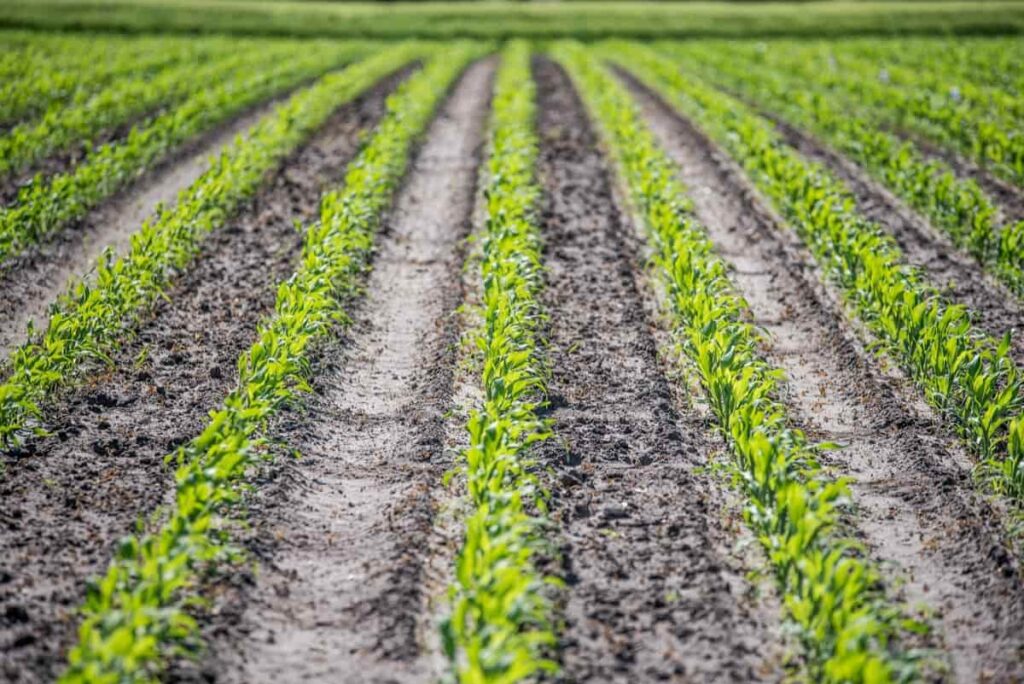
The Implementing Agency (IA) of the overall direction and control of the Department of Agriculture, Cooperation, and Farmers Welfare (DAC&FW), Ministry of Agriculture, Cooperation, and Farmers Welfare (MoA&FW), Government of India (GOI), and the respective State Financial Institutions such as Commercial Banks, Co-operative Banks, Regional Rural Banks, and their regulatory authorities, Government Departments such as Agriculture, Co-operation, Horticulture, Statistics, Revenue, Information/Science & Technology, Panchayati Raj, and so on.
Objectives of Pradhan Mantri Fasal Bima Yojana
- To provide financial protection to farmers against crop loss or damage due to natural disasters, pests, and diseases.
- To encourage the cultivation of high-risk crops by providing insurance coverage.
- To reduce the financial burden on farmers in crop loss or damage.
- To increase the availability of insurance coverage to small and marginal farmers, who are the most vulnerable to crop losses due to their limited financial resources.
- To enhance the flow of institutional credit to the agricultural sector.
- To stabilize the income of farmers and protect them from production risks.
- To encourage the use of modern technology in agriculture.
- To promote sustainable agricultural practices and increase the resilience of farming communities to natural disasters and other shocks.
In case you missed it: Agricultural Biotechnology in India: Role, Examples, Jobs, Salary, Courses, and Colleges
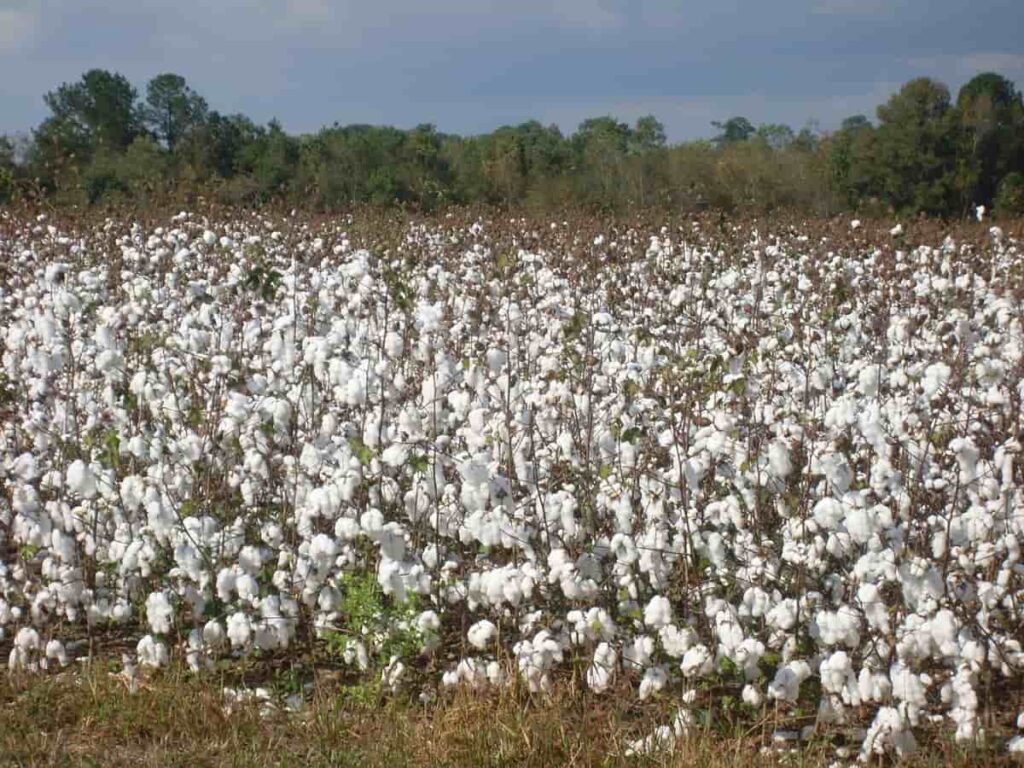
Highlights of Pradhan Mantri Fasal Bima Yojana
- The Scheme is expected to benefit small and marginal farmers the most, as they are the most vulnerable to crop losses due to their limited financial resources.
- The Scheme provides insurance coverage and financial support to farmers in the event of crop loss or damage due to natural disasters, pests, and diseases.
- The Scheme covers pre- and post-harvest risks and is implemented through a network of insurance companies.
- Farmers pay a small premium for insurance coverage. In the event of crop loss, they receive financial compensation to help them recover their losses.
- The Scheme is voluntary and is available to all farmers in the country, regardless of the size or type of crops they cultivate.
- Farmers are required to pay a small premium for insurance coverage, with the premium rates being subsidized by the government.
- The premium rates are uniform for all crops, with farmers paying 2% for Kharif crops, 1.5% for Rabi crops, and 5% for annual commercial and horticultural crops.
- The government pays the balance premium, which can be as high as 90% in some cases, to ensure that farmers receive the total insured amount in the event of crop loss due to natural calamities.
- The government has also removed the upper limit on its subsidy under the PMFBY, which means that farmers can receive full insurance coverage even if the balance premium is very high. It is intended to provide maximum financial protection to farmers and to encourage the cultivation of high-risk crops.
Unit of Insurance in Pradhan Mantri Fasal Bima Yojana Scheme
The Scheme will be operated on an ‘Area Approach basis,’ i.e., Defined Areas for each notified crop for widespread calamities, with the presumption that all insured farmers in a Unit of Insurance, to be defined as a ‘Notified Area’ for a crop, will be included. The defined Area (i.e., insurance unit area) is Village/Village Panchayat level by whatever name these areas may be named for major crops and a unit of size above the level of Village/Village Panchayat for other crops.
In time, the Unit of Insurance could be a Geo-fenced/Geo-mapped region with a homogeneous Risk Profile for the notified crop. For the risk of localized disasters and post-harvest losses due to defined events. The affected field of the individual farmer shall be the Unit of Insurance for loss assessment.
Risks covered under the Pradhan Mantri Fasal Bima Yojana (PMFBY)
- Natural disasters: These include risks such as drought, flood, cyclone, hailstorms, and landslide, which can cause crop loss or damage.
- Pests and diseases: The PMFBY covers risks from pests and diseases that can affect crops, such as insect attacks, plant diseases, and fungal infections.
- Pre-harvest risks: These are risks that can occur before the harvest, such as drought, flood, cyclone, and hailstorm, which can affect the growth and development of crops.
- Post-harvest risks: These are risks that can occur after the harvest, such as damage to crops during storage, transport, or processing.
In case you missed it: Agricultural Business Plan: How to Start, and Profitable Ideas
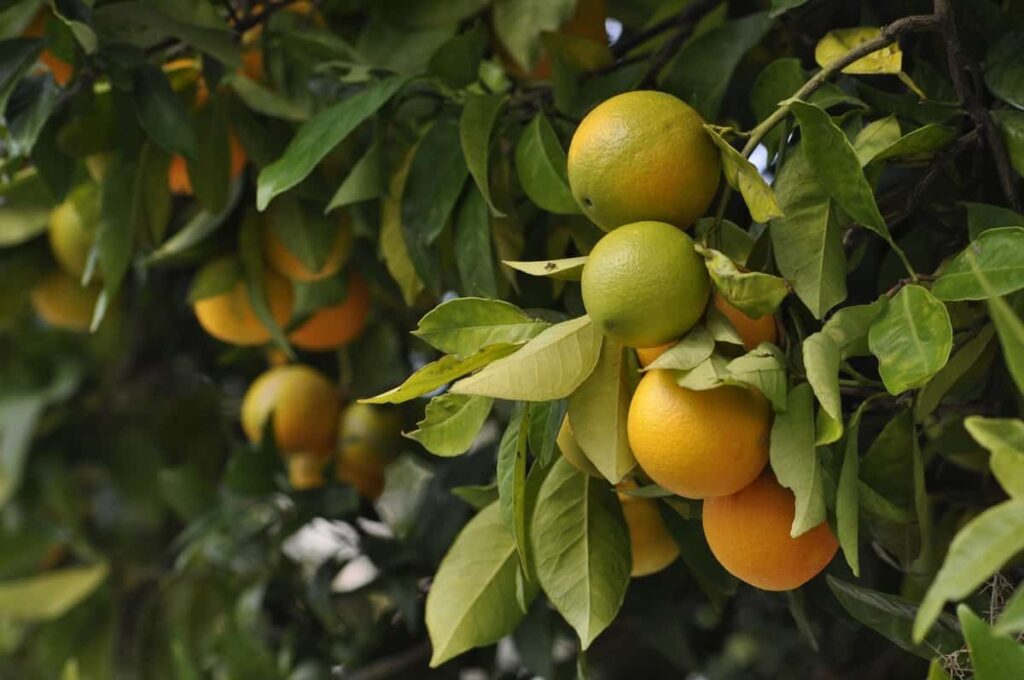
Farmers covered under PMFBY Scheme
Under Pradhan Mantri Fasal Bima Yojana (PMFBY), all farmers in India are eligible to receive insurance coverage, regardless of the size of land or type of crops they cultivate. The Scheme is voluntary, so farmers can choose to enroll in it if they wish to receive insurance coverage. The Scheme is implemented through a network of insurance companies. Farmers can enroll by approaching their nearest insurance company or contacting the local agricultural department.
The enrollment process is simple and requires farmers to fill out a form and pay the required premium. Once enrolled, farmers can receive insurance coverage for the risks covered under the PMFBY. The Scheme is expected to benefit small and marginal farmers the most, as they are the most vulnerable to crop losses due to their limited financial resources.
How to apply for PMFBY Scheme
- Contact your nearest insurance company or the local agricultural department to obtain the enrollment form for the PMFBY.
- Fill out the form with the required information, including your personal details, details of the crops you cultivate, and the Area of land under cultivation.
- Submit the form and the required documents to the insurance company or the local agricultural department.
- Pay the required premium for the insurance coverage. The premium rates under the PMFBY are uniform for all crops, with farmers paying 2% for Kharif crops, 1.5% for Rabi crops, and 5% for annual commercial and horticultural crops. The government pays the balance premium.
- Once your enrollment is confirmed, you will receive an insurance policy document, which will serve as proof of your enrollment in the PMFBY.
- Farmers can apply through online for Pradhan Mantri Fasal Bima Yojana (PMFBY) crop insurance scheme https://pmfby.gov.in/.
- Farmers can calculate the insurance premium payable at https://pmfby.gov.in/.
- For Complete detailed reports such as Activities, Special Provisions, Calendar Activity, etc., visit https://pmfby.gov.in/.
Premium Rates of PMFBY
The rate of Insurance Charges payable by the farmer will be as per the following table:
| Season | Crops | Maximum Insurance charges payable by the farmer (% of Sum Insured) |
| Kharif | Oil seed and food crops (all cereals, millets, & oilseeds, pulses) | The lower of 2.0% of SI or the actuarial rate |
| Rabi | all cereals, millets, & oilseeds, pulses | Whichever is less: 1.5% of SI or Actuarial rate, |
| Kharif & Rabi | Commercial / Horticultural crops | 5.0% of SI or the actuarial rate, whichever is lower |
In case you missed it: Growing Red Chilli Organically in Andhrapradesh: Farming Practices and Production Management

How to verify the application status of PMFBY
Pradhan Mantri Fasal Bima Yojana, which is a government-run crop insurance scheme in India. To check the status of your application for coverage under PMFBY, you can follow these steps:
- Visit the official website of the Agriculture Insurance Company of India Limited (AIC), which is the implementing agency for PMFBY: https://www.aicofindia.com/, or Visit https://pmfby.gov.in/.
- Click on the “PMFBY” tab in the top menu.
- On the PMFBY page, click on the “Farmers/Policy Holders” tab in the top menu.
- Click on the “Track Application Status” link in the menu on the left side of the page.
- On the application status page, enter your application number and the captcha code to check the status of your application.
Steps to report crop loss and claim insurance in the PMFBY scheme
- Contact your nearest insurance company or the local agricultural department as soon as possible after the crop loss occurs.
- Submit a claim form along with the required documents, such as the insurance policy document, proof of cultivation (such as land ownership documents), and details of the crop loss (such as a report from the local agriculture department or a surveyor).
- The insurance company or the local agricultural department will assess the claim and verify the loss.
- If the claim is approved, the insurance company will disburse the financial compensation to the farmer per the insurance policy terms and conditions.
It is essential to report crop loss and claim insurance within 72 hours of the occurrence of any event under the PMFBY may vary depending on the insurance company or the local agricultural department.
- Enrollment: Farmers enrolled in the PMFBY by filling out an application form and submitting it to the insurance company or aggregator.
- Risk assessment: The insurance company assesses the risk of loss for the crops covered under the PMFBY.
- Premium calculation: The premium for the insurance policy is calculated based on the risk assessment and other factors.
- Policy issuance: The insurance policy is issued to the farmer once the premium has been paid.
- Crop cutting experiments: Crop cutting experiments are conducted to determine the yield of the insured crops.
- Claim settlement: In the event of a loss, the farmer can file a claim with the insurance company. The claim is then processed and settled.
In case you missed it: Blockchain Technology in Agriculture: A Way to Future Sustainability and Role in Supply Chain
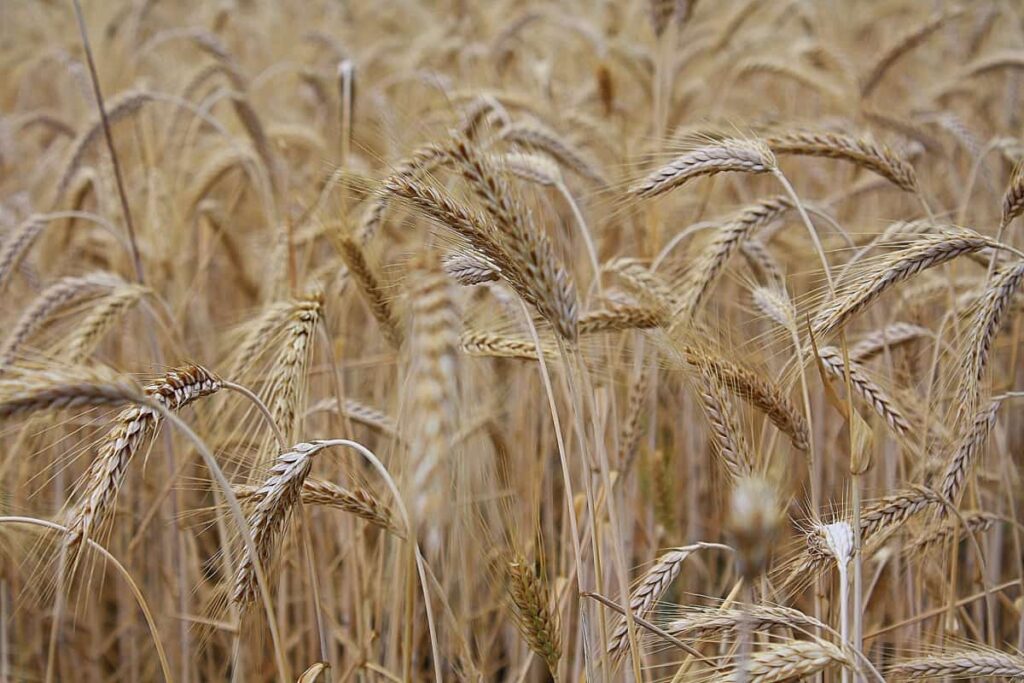
Pradhan Mantri Fasal Bima Yojna’s revised operational guidelines
The revised operational guidelines for PMFBY were issued in September 2020 and are effective from the 2021-22 crop year. Some of the key features/ changes of the revised guidelines are:
- The premium rates for different crops and regions have been rationalized based on actuarial calculations.
- The insurance cover has been extended to post-harvest losses and the existing coverage for pre-sowing and post-sowing risks.
- The threshold yield for calculating the loss in the insured Area has been reduced from 25% to 20%.
- The claim settlement process has been simplified with the introduction of online claim submission and satellite imagery to assess crop loss.
- The role of the state governments has been enhanced, with the state governments being given the flexibility to choose the insurance company and the insurance model.
- The Scheme has been made optional for the farmers, with the provision for opting out of the Scheme within 15 days of the state government’s notification of the crop insurance scheme.
- The Scheme has been extended to horticultural and annual commercial crops.
- The provision for “Area Yield Exclusion” has been introduced, under which the farmers can exclude a part of their insured Area from the coverage if the yield in that part is consistently higher than the threshold yield.
- The provision for “Weather-based Crop Insurance” has been introduced, under which the farmers can insure their crops against adverse weather conditions, such as drought, flood, and cyclone.
- Management Pests and Diseases in Your Cotton Field
- Sheep Farming Business Plan for Beginners
- Aquaponic Farming at Home: A Step-By-Step Guide
- Profitable Village Farming Business Ideas in 2024
- High-Yield Aquaculture: Fast-Growing Fish for Farming
- Effective Fish Pond Construction Techniques for Beginners
- Irrigation and Water Management in Pineapple Farming
- Blossom to Harvest: Mastering Flowering and Pollination in Papaya Farming
- Pig Fattening Essentials: From Selection to Sale for Beginners
- Raising Wagyu Cattle: A Complete Guide for Premium Beef Production
- Soil Types and Their Water Holding Capacity
- Optimizing Irrigation Schedules for Coconut Groves for Enhanced Yield
- Espresso Your Garden: Coffee Grounds for Healthier Acid-Loving Plants
- The Best Soil Mix for Snake Plants: How to Mix Your Own Snake Plant Soil
- Green Thumb Success: Expert Tips for Cultivating Greenhouse Beans All Year Round
- Bloom All Year Round: The Ultimate Guide to Indoor Hyacinth Care
- Eco-Friendly Gardening: How to Make Liquid Fertilizer from Kitchen Waste
- Ultimate Guide to Grow Anise in Pots: Explore Seed Propagation to Harvesting
- Guide to Raising Chester White Pigs: Discover Breed Facts to Growth Management
- Mastering the Elegance: The Ultimate Guide to Weeping Cherry Tree Care, Planting, and Maintenance
- Ultimate Guide to Planting Garlic in Grow Bags: Growing Strategies for Beginners
- How to Fix Spider Plant Leaf-Related Problems: Natural and Organic Remedies
- 10 Reasons Why Your Tulsi Plant is Shedding Leaves: Home Remedies and Solutions
- Optimizing Growth and Yield: The Advantages of Palm Bunch Ash Fertilizer
- Utilizing Neem Oil Extract as a Natural Pesticide for Hydrangea
- From Soil to Harvest: Various Ways in Which Farmers Can Use AI Tools
- Steps to Encourage and Induce Citrus Flowers: A Comprehensive Guide
- How to Fix Snake Plant Leaf-Related Issues: Natural and Organic Remedies
- Transform Your Garden into a Fragrant Oasis with Raat Ki Rani (Night Blooming Jasmine)
- Discover the Ideal Chicken Breeds for Philippine Farms
- How to Create a Poultry Egg Farm Business Plan for Profits
- Grow Lemon Cucumbers Like a Pro: Insider Techniques for Bountiful Yields
- Ultimate Guide to Caring for Your Pink Princess Philodendron: Tips for Thriving Variegation
- Areca Nut Profit Per Acre: Calculating Yield and Cost of Cultivation
- How Kaveri Chicken is Becoming a More Profitable Breed in Indian Backyards
- Transform Your Barn: 9 Steps to Convert a Horse Stall into a Chicken Coop
